Practice how to balance a budget with this financial literacy worksheet.
💵 Budget Worksheet for Kids
Are you beginning to plan for your financial literacy unit? We all know that understanding how to create a budget, developing a system to track financial records, and articulating the differences between types of payments are extremely beneficial for students. Teach Starter has created a worksheet that you can use with your students when learning how to balance a simple budget.
Students can complete the worksheet independently, in pairs, or in small groups. There are 7 multiple-choice questions, 1 short response, and 1 written response. Before beginning, review the concept of a balanced budget as one where income equals all expenses. This page could be used as a formative assessment or quick check during the unit.
An answer key is included with your download to make grading fast and easy!
Tips for Differentiation + Scaffolding
In addition to independent student work time, use this worksheet as an activity for:
- Guided math groups
- Lesson warm-up
- Lesson wrap-up
- Fast finishers
- Homework assignment
- Whole-class review (via smartboard)
For students needing a challenge, encourage them to research the cost of living in your area or an area they would like to live. Ask them to create a small budget based on the cost of living and the average income in the area.
Provide a dry-erase t-chart that has “income” written on one side and the “3 S’s” on the other side (saving, spending, sharing) for students to use to organize their work. Allow students to use a calculator to check their work. Ask students to highlight words on each question that give them clues as to which amounts are income and which are expenses.
🖨️ Easily Download & Print
Use the dropdown icon on the Download button to choose between the PDF or editable Google Slides version of this resource.
Because this resource includes an answer sheet, we recommend you print one copy of the entire file. Then, make photocopies of the blank worksheet for students to complete.
To save paper, we suggest printing this 2-page worksheet double-sided.
Turn this teaching resource into a sustainable activity by printing on cardstock and slipping it into a dry-erase sleeve. Students can record their answers with a whiteboard marker, then erase and reuse them.
Additionally, project the worksheet onto a screen and work through it as a class by having students record their answers in their notebooks.
This resource was created by Lorin Davies, a teacher in Texas and Teach Starter Collaborator.
Don’t stop there! We’ve got more activities to shorten your lesson planning time:
[resource:4879191] [resource:] [resource:]
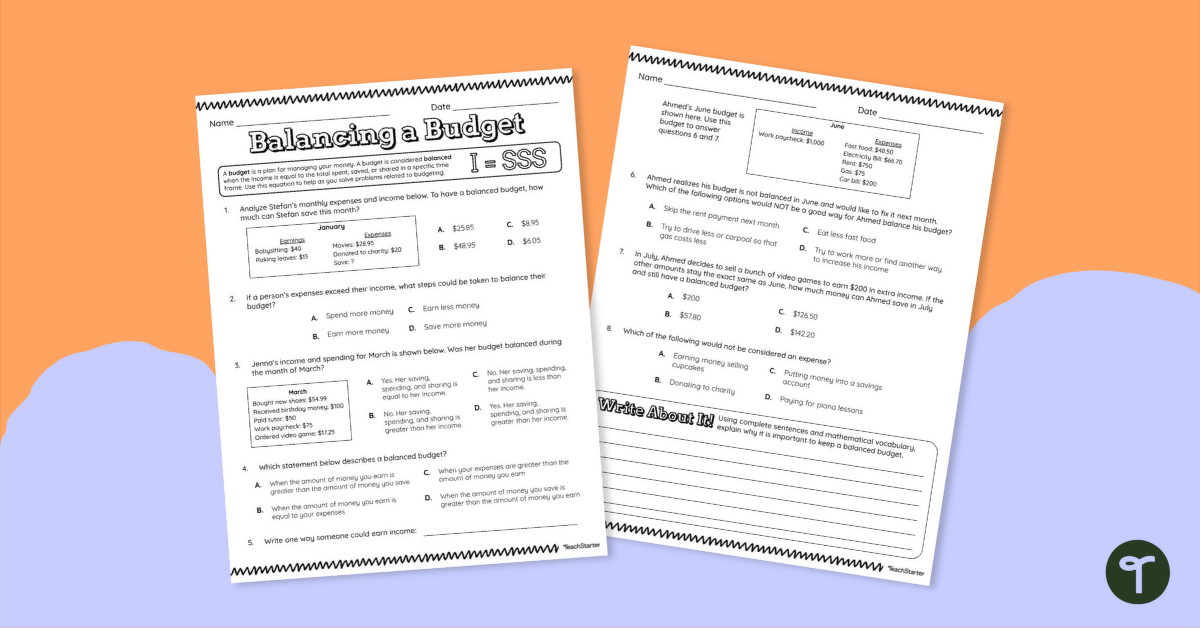

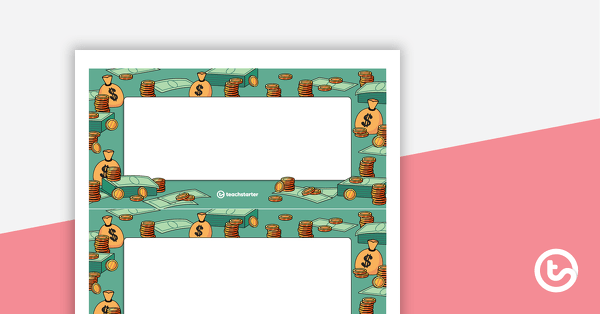

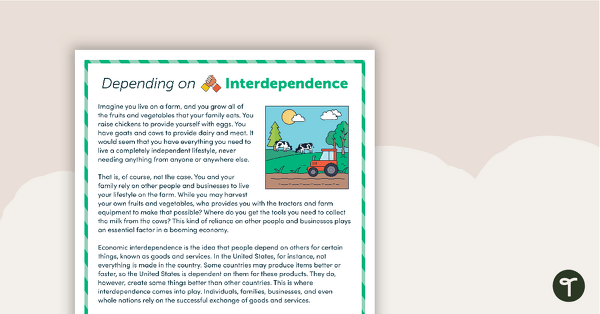
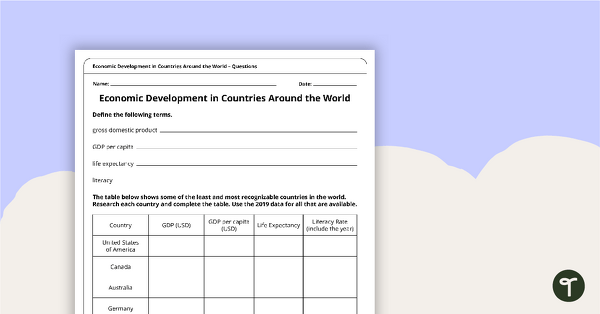
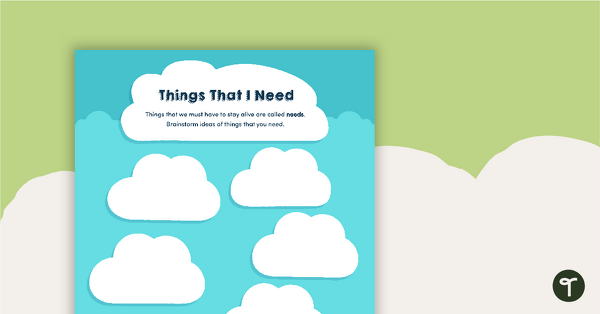
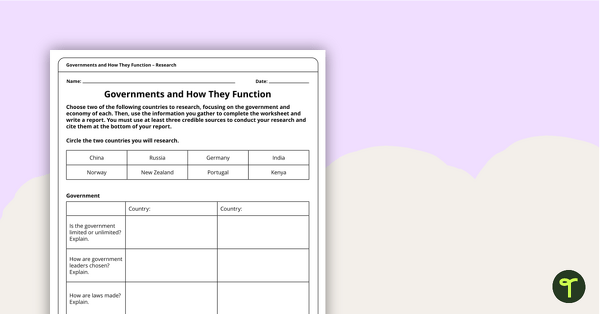
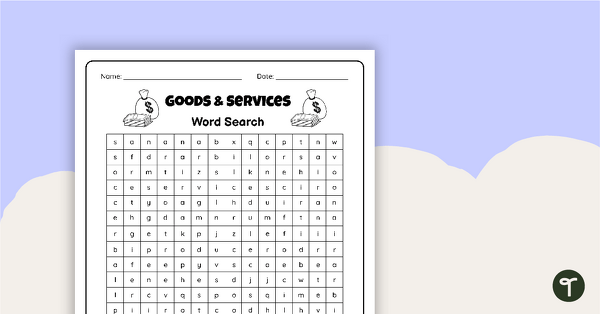

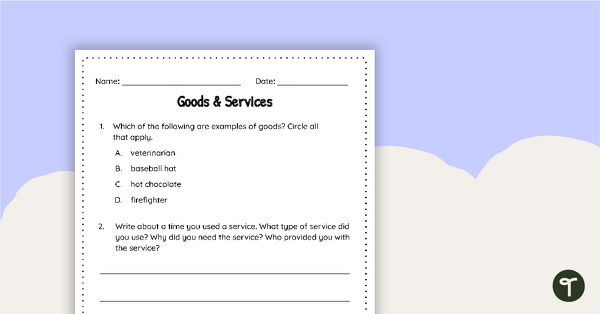
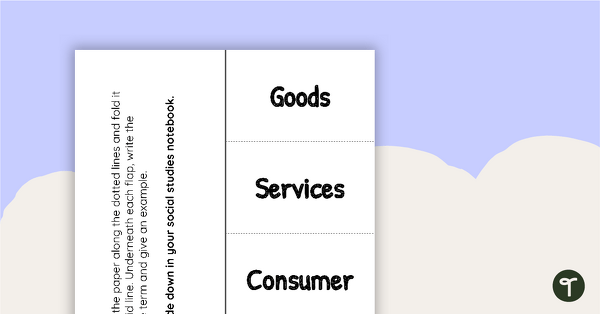
0 Comments
Write a review to help other teachers and parents like yourself. If you'd like to request a change to this resource, or report an error, select the corresponding tab above.